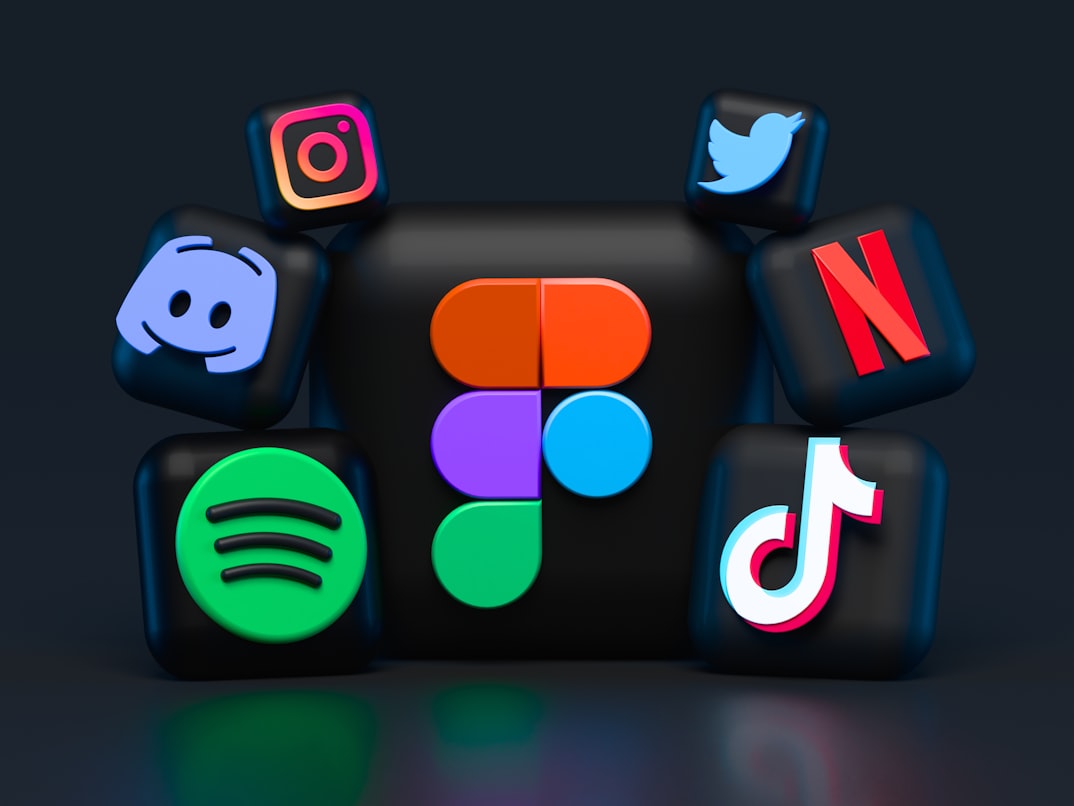📚 Table of Contents
- ✅ Introduction
- ✅ 1. YouTube Partner Program (Ad Revenue)
- ✅ 2. Brand Sponsorships & Collaborations
- ✅ 3. Affiliate Marketing
- ✅ 4. Selling Merchandise
- ✅ 5. Channel Memberships & Super Chats
- ✅ 6. Crowdfunding & Fan Support
- ✅ 7. Digital Products & Online Courses
- ✅ 8. Content Licensing & Syndication
- ✅ 9. Consulting & Coaching Services
- ✅ 10. App Development & Software Tools
- ✅ Conclusion
Introduction
Are you looking to turn your YouTube channel into a profitable business in 2025? With over 2 billion monthly active users, YouTube remains one of the most lucrative platforms for content creators. However, relying solely on ad revenue is no longer enough. The landscape of YouTube monetization is evolving rapidly, and creators must diversify their income streams to stay ahead. In this comprehensive guide, we’ll explore the top 10 YouTube channel monetization strategies that will dominate in 2025, complete with real-world examples and actionable insights.
1. YouTube Partner Program (Ad Revenue)
The YouTube Partner Program (YPP) remains a foundational monetization method for creators. By enabling ads on your videos, you earn revenue based on views, clicks, and engagement. In 2025, YouTube is expected to refine its ad algorithms further, prioritizing high-quality, long-form content. To maximize earnings, focus on increasing watch time, optimizing video metadata (titles, descriptions, and tags), and leveraging mid-roll ads in longer videos. For example, channels like “MrBeast” and “PewDiePie” generate millions annually through ad revenue alone by producing engaging, high-retention content.
2. Brand Sponsorships & Collaborations
Brand deals are one of the most lucrative ways to monetize a YouTube channel. Companies pay creators to feature their products or services in videos, often offering flat fees or commission-based partnerships. In 2025, micro-influencers (channels with 10K–100K subscribers) will see increased demand due to their highly engaged audiences. For instance, tech reviewer “Marques Brownlee” (MKBHD) partners with brands like Samsung and Tesla, seamlessly integrating sponsorships into his content while maintaining authenticity.
3. Affiliate Marketing
Affiliate marketing allows creators to earn commissions by promoting products or services with unique tracking links. Platforms like Amazon Associates, ShareASale, and CJ Affiliate are popular choices. In 2025, expect a rise in niche-specific affiliate programs tailored to YouTube creators. For example, a fitness channel can promote protein supplements using affiliate links, earning a percentage of each sale. Channels like “Graham Stephan” have built substantial passive income through strategic affiliate promotions.
4. Selling Merchandise
Merchandising is a powerful way to monetize a loyal fanbase. Platforms like Teespring, Printful, and Shopify enable creators to design and sell custom apparel, accessories, and more. In 2025, personalized and limited-edition drops will gain traction. For example, gaming YouTuber “Dream” successfully sells hoodies and posters featuring his iconic logo, creating a strong brand identity while generating revenue.
5. Channel Memberships & Super Chats
YouTube’s membership feature allows fans to pay a monthly fee for exclusive perks like badges, emojis, and members-only content. Super Chats and Super Stickers during live streams also provide direct monetization. In 2025, creators will leverage tiered membership systems to offer varying levels of exclusivity. For instance, ASMR artist “Gentle Whispering” offers premium memberships with early access to videos, demonstrating how niche communities can drive recurring revenue.
6. Crowdfunding & Fan Support
Platforms like Patreon, Ko-fi, and Buy Me a Coffee enable creators to receive direct financial support from their audience. In 2025, expect more creators to adopt hybrid models, combining crowdfunding with other monetization methods. For example, educational channels like “Kurzgesagt – In a Nutshell” use Patreon to fund high-production-value animations while offering backers exclusive behind-the-scenes content.
7. Digital Products & Online Courses
Selling digital products—such as e-books, presets, templates, or online courses—is a scalable monetization strategy. In 2025, demand for skill-based courses (e.g., video editing, coding, or photography) will surge. For example, photographer “Peter McKinnon” sells Lightroom presets and tutorials, capitalizing on his expertise while providing value to his audience.
8. Content Licensing & Syndication
Licensing your videos to media outlets, streaming platforms, or other creators can be highly profitable. In 2025, stock footage and B-roll licensing will grow, especially for travel and nature channels. For instance, “The Slow Mo Guys” license their high-speed footage to TV shows and documentaries, creating an additional revenue stream beyond YouTube ads.
9. Consulting & Coaching Services
Monetizing expertise through one-on-one coaching or consulting sessions is a natural progression for established creators. In 2025, niche-specific coaching (e.g., YouTube growth strategies or personal branding) will thrive. For example, business coach “Ali Abdaal” offers productivity workshops, leveraging his YouTube success to attract clients.
10. App Development & Software Tools
Tech-savvy creators can develop apps or software tools tailored to their audience’s needs. In 2025, AI-powered tools (e.g., video editing assistants or thumbnail generators) will be in demand. For example, “Cinemartin” created a video editing app for filmmakers, turning their YouTube following into a software customer base.
Conclusion
YouTube monetization in 2025 is all about diversification. By combining ad revenue with sponsorships, affiliate marketing, merchandise, and other innovative strategies, creators can build sustainable income streams. The key is to understand your audience, experiment with different methods, and stay adaptable to emerging trends. Start implementing these strategies today to future-proof your YouTube business.


Leave a Reply